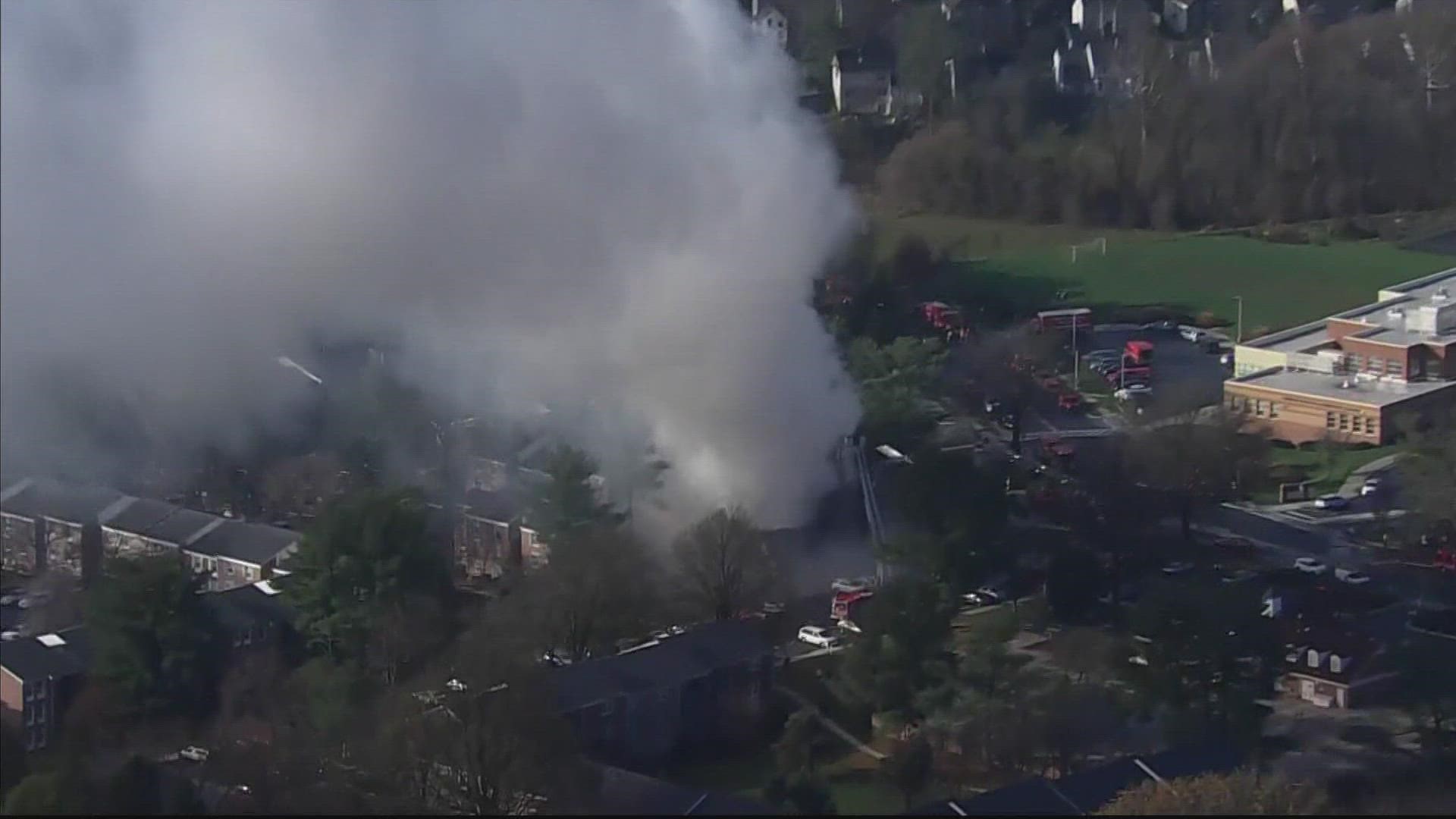WASHINGTON — For five hours Montgomery County Fire and Rescue worked to extinguish a fire that broke out following an explosion in Gaithersburg, Maryland.
The Montgomery County Fire Chief said extinguishing the flames will take time.
"There still is and will be for quite a period of time a smoldering fire in the building," Chief Scott Goldstein said. "And the debris, the rubble pile as we would call it, there will be small pockets of burning material for several hours or maybe even a day or more to come."
Our VERIFY researchers looked into how, in general, fire or explosion investigations unfold.
THE QUESTION:
How are fire and explosion investigations typically handled?
THE SOURCES:
- Oliver Alkire– a Maryland Senior Deputy State Fire Marshal and Public Information Officer
- The National Fire Protection Association Guide for Fire and Explosion Investigations 2021- 921
WHAT WE FOUND:
Explosion investigations work very similarly to fire investigations and are not fast processes, Alkire explained.
"Once they go out there, and they actually can start conducting the scene pattern, they'll want to do a grid pattern search, that's where they're going to go out and identify certain pieces of debris,” Alkire, who's been with the State Fire Marshal's Office for 15 years, said.
According to Alkire and the NFPA guidebook investigators are tasked with:
- Collecting evidence, such as taking photos; in certain instances, special photography techniques, such as infrared, x-ray or microscopic can be used. They will also collect photos taken by bystanders or victims.
- Talking to people like witnesses, first responders and neighbors
- Discovering what was going on in the immediate area at the time of the explosion.
- Documenting the damage
According to the guidebook, "firefighters should take the necessary precautions to ensure that the possibility of contamination is kept to a minimum."
It says that because the cause of a fire or explosion isn't typically known until near the end of an investigation, "the entire fire scene should be considered physical evidence and should be protected and preserved."
“They're going to be looking at every piece of that debris, following up with what type of injuries occurred," Alkire said. "And it's again, it's going to be a very slow and methodical investigation."
A major goal of the investigation is identifying the origin of the fire and what caused it.
These investigations often stay local but can also coordinate with state and federal partners, such as the Bureau of Alcohol, Tobacco, Firearms and Explosives or the National Transportation Safety Board.
WUSA9 has confirmed ATF’s Fire Investigators have been on the scene assisting at the explosion in Gaithersburg, and NTSB tells us they’re not sure yet if it is within their jurisdiction and is gathering information.

